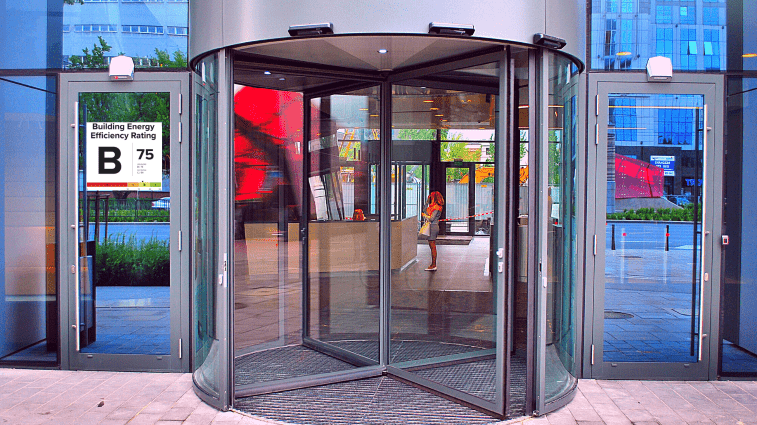
The Grades Are In: Energy Benchmarking Deadline Approaches
Building owners must post energy efficiency ratings by October 31, 2020.
School is back in session (in one way or another), but kids aren’t the only ones getting graded.
In accordance with the NYC Benchmarking Law, Local Law 33 of 2018 and Local Law 95 of 2019 buildings over 25,000 sq. ft. and lots over 100,000 sq. ft. must print out their Building Energy Efficiency Rating and post it in a conspicuous location at the building’s entrance no later than October 31, 2020.
Labels will be available to print from DOB Now through the Building Energy Efficiency Rating tab on the main page starting October 1, 2020, with failure to comply resulting in a fine of $1,250.
About the Grading System
These benchmarking grades are based on energy and water consumption data from the previous calendar year (2019), which covered buildings had to submit on August 1 after a 3-month extension from COVID-19. These were then processed through the Environmental Protection Agency’s online benchmarking tool, Energy Star Portfolio Manager®.
Grading is based on a 100-point scale:
- A – greater or equal to than 85;
- B – greater than or equal to 70, but less than 85;
- C – equal to or greater than 55, but less than 70;
- D – less than 55;
- F – building didn’t submit required benchmarking information;
- N – building exempted from benchmarking or not covered by the Energy Star program.
The energy label will include both a letter grade and the building's energy efficiency score.
Benchmarking, not unlike nutrition labels on food items or health grades for restaurants, is meant to help consumers make informed decisions, as well as guide establishments to aim for higher quality in the future.
But unlike the cited examples, these energy efficiency ratings are not for the health conscious, but the environmentally conscious.
As discussed in a previous article, New York City has identified that 48% of its energy usage is concentrated in less than 2% of its buildings. In an effort to reduce the city’s carbon footprint, these high-energy users are the ones targeted for annual benchmarking.
The hope is that potential renters and buyers will be more likely to give their business to a higher-grade building than a lower-grade one. This is already a common practice throughout Europe, though those grades are based more on building construction than day-to-day energy output.
Tips to Improve Your Rating
But a less-than-stellar energy grade is not meant to be a permanent scarlet letter upon your establishment. Buildings will need to resubmit and get regraded each subsequent year, so there is always a chance to improve your rating for the following year. Some ways to improve your building’s efficiency rating include:
- Repairing all heating system leaks.
- Maintaining the heating system, including, but not limited to, ensuring that system component parts are clean and in good operating condition.
- Installing individual temperature controls or insulated radiator enclosures with temperature controls on all radiators.
- Insulating all pipes for heating and/or hot water.
- Installing indoor and outdoor heating system sensors and boiler controls to allow for proper set-points.
- Implementing weatherizing and air sealing where appropriate, including windows and ductwork, with focus on whole-building insulation.
- Installing timers on exhaust fans.
- Installing radiant barriers behind all radiators.
For a more comprehensive list, see Section 28-321.2.2 of Local Law 97 of 2019.
If you would like to discuss plans to make your building more energy efficient, or for any other filing issues, please contact us at Outsource Consultants.
Resources








